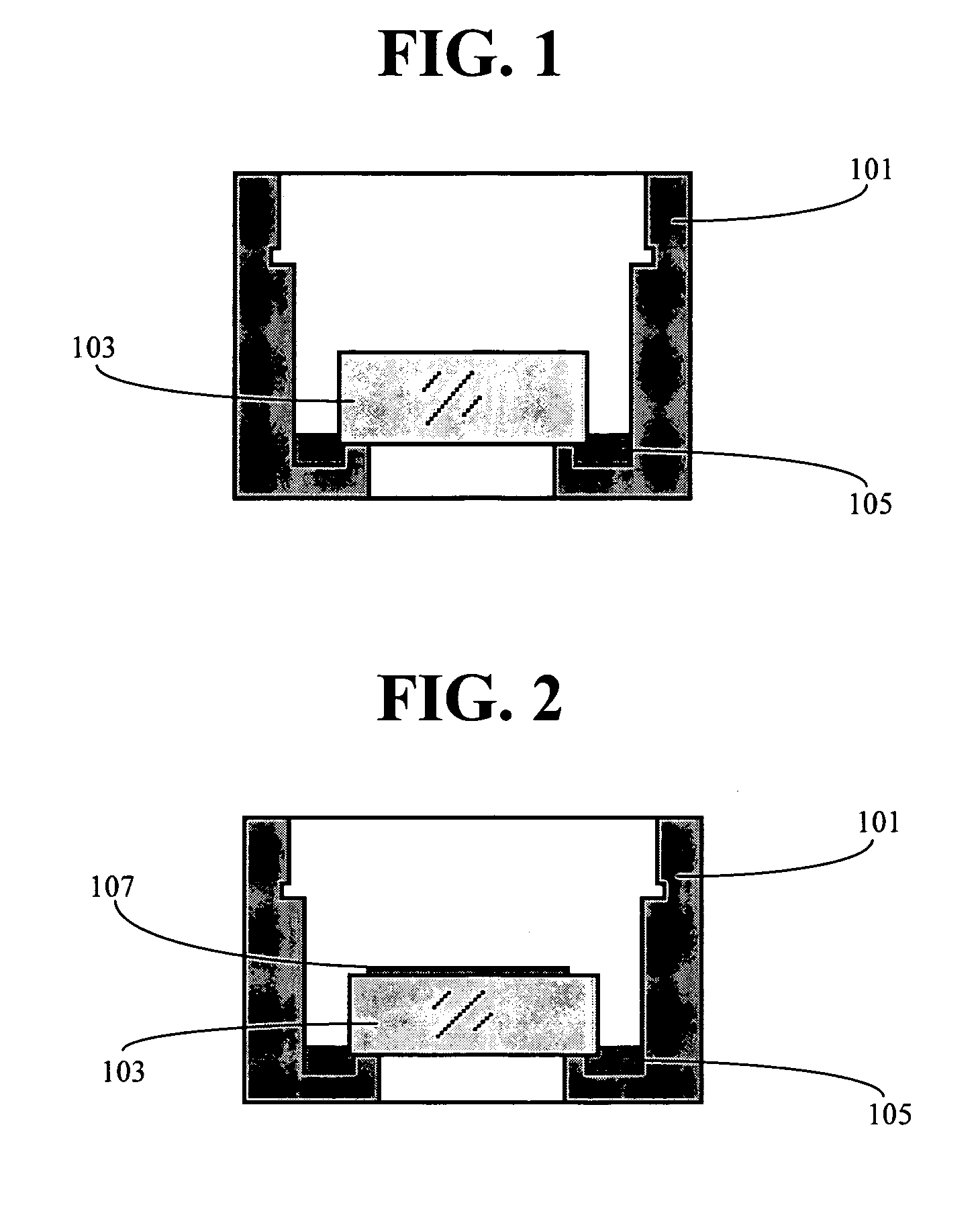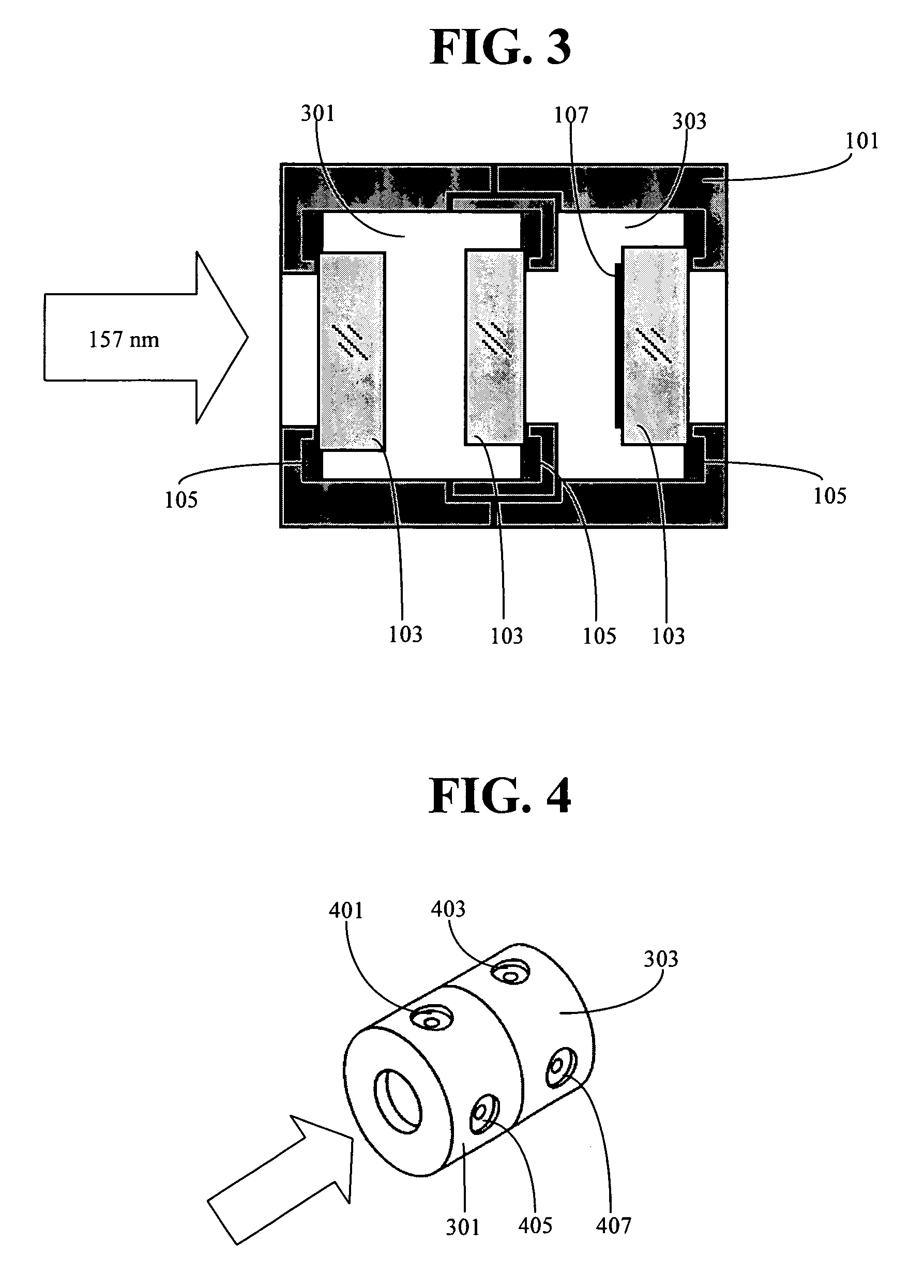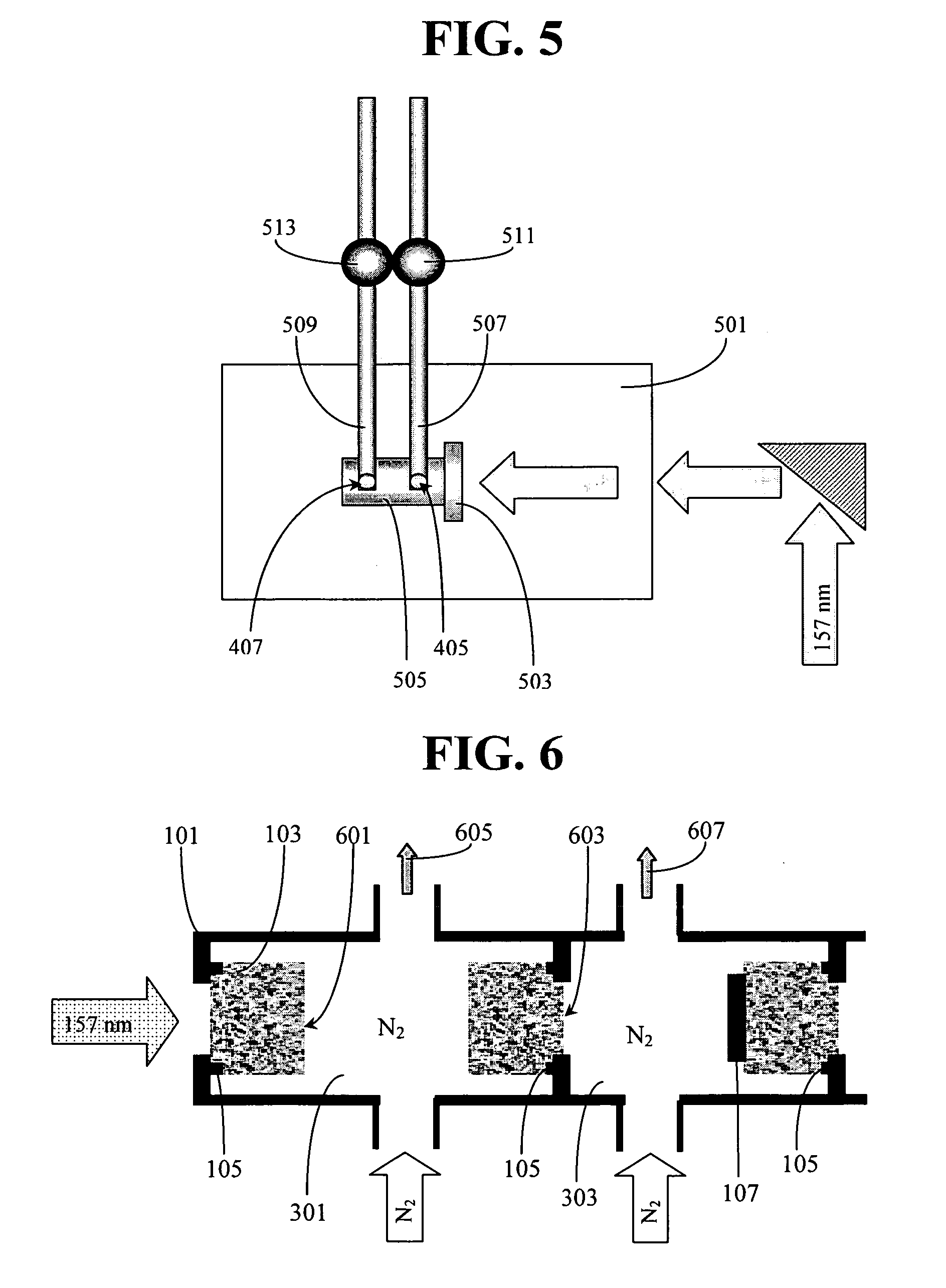Low outgassing photo or electron beam curable rubbery polymer material, preparation thereof and device comprising same
a technology of photo or electron beam and rubbery material, which is applied in the field of low outgassing photo or electron beam curable rubbery material, preparation thereof and device, can solve the problems of difficult formulation of materials that cure to soft, difficult to achieve low outgassing after cure, and condense of outgassed compounds on optical surfaces. , to achieve the effect of low outgassing and low outgassing of adhesives
- Summary
- Abstract
- Description
- Claims
- Application Information
AI Technical Summary
Benefits of technology
Problems solved by technology
Method used
Image
Examples
example 1
The Present Invention
[0101]An UV curable composition was prepared by mixing the following components in the following weight percentages:
[0102]
88.00%Kraton Liquid Polymer L-20710.00%1,12-dodecanediol dimethacrylate0.75%Rhodorsil Photoinitiator 20741.00%Esacure KIP 150 from Lamberti SpA0.25%Isopropylthioxanthone
[0103]Kraton Liquid Polymer L-207 is a hetero-telechelic polymer from Kraton Polymers consisting of a hydrogenated polybutadiene polymer that has a primary hydroxyl functionality on one end and an epoxidized isoprene functionality on the other end. The 1,12-dodecanediol dimethacrylate is Mhromomer BM-721 from Rohm America. Rhodorsil Photoinitiator 2074 is (tolylcumyl) iodonium tetrakis (pentafluorophenyl) borate available from Rhodia Inc. Esacure KIP 150 is oligo [2-hydroxy-2-methyl-1-[4-(1-methyl vinyl) phenyl] propane] available from Lamberti SpA. The isopropylthioxanthone is available from Albermarle Corp.
[0104]The viscous liquid mixture was drawn down on a glass plate usin...
example 2
Comparative Example
[0122]A series of commercially available adhesives were cured as recommended by their suppliers and tested for their outgassing rates in accordance with the same procedure described in EXAMPLE 1. The outgassing results were then compared with the outgassing rate of the cured composition of EXAMPLE 1. Comparison results are listed in TABLE I below.
[0123]
TABLE ITotal outgassedAdhesiveSampling time / Sample SizeVOC's (μg)SylgardAfter 5 Days - 27.8 mg24.98OG 133-5After 10 Days - 26 mg3.51EMCAST 714After 9 Days - 29.5 mg12.03Cyberbond 4696After 10 Days - 25.6 mg5.00DP-190 B / A TranslucentAfter 7 Days - 27.9 mg4.76OP-4-20641 (Dymax)After 28 Days - 19.8 mg12.52OP-4-20647 (Dymax)After 28 days - 10.6 mg8.80OP-4-20655 (Dymax)Could not be analyzed(Rubber cement consistency)EXAMPLE 1After 4 Days - 27.5 mg0.33
[0124]Surprisingly, the total amount of outgassed VOC's are markedly lower for the EXAMPLE 1 composition than for all of the commercially available adhesives.
example 3
Comparative Example
[0125]In another test, a commercial room temperature vulcanizing (RTV) silicone rubber was evaluated. RTV silicone materials, in general, are known as low outgassing, rubbery materials (see ASTM method D6411). This material, hereinafter referred to as SiRTV, is listed in the NASA Reference Publication 1061 “Outgassing Data for Selecting Spacecraft Materials” as a molding compound having a total mass loss (TML) of 1% or less and a collected volatile condensable materials (CVCM) of 0.10% or less. It was cured as recommended by the supplier. The cured material was stored at room temperature for different periods of time and then tested or outgassing as above. The test results for SiRTV are listed in TABLE II below:
[0126]
TABLE IISampling TimeSample Size (mg)Total Outgassed VOC's (μg)Day #7 - 145.0 hours25.03.28Day #8 - 169.0 hours24.52.53Day #9 - 193.0 hours27.21.85Day #16 - 356.0 hours24.70.87Day #17 - 380.0 hours24.80.75Day #24 - 549.0 hours25.10.09
[0127]It should b...
PUM
| Property | Measurement | Unit |
|---|---|---|
| Tg | aaaaa | aaaaa |
| RH | aaaaa | aaaaa |
| wavelength | aaaaa | aaaaa |
Abstract
Description
Claims
Application Information
 Login to View More
Login to View More - R&D
- Intellectual Property
- Life Sciences
- Materials
- Tech Scout
- Unparalleled Data Quality
- Higher Quality Content
- 60% Fewer Hallucinations
Browse by: Latest US Patents, China's latest patents, Technical Efficacy Thesaurus, Application Domain, Technology Topic, Popular Technical Reports.
© 2025 PatSnap. All rights reserved.Legal|Privacy policy|Modern Slavery Act Transparency Statement|Sitemap|About US| Contact US: help@patsnap.com



